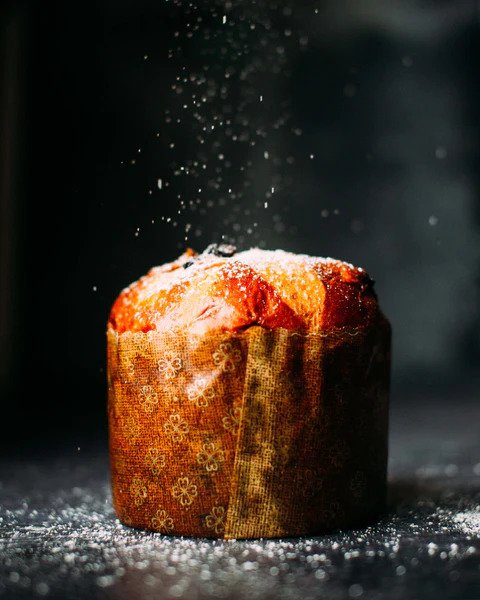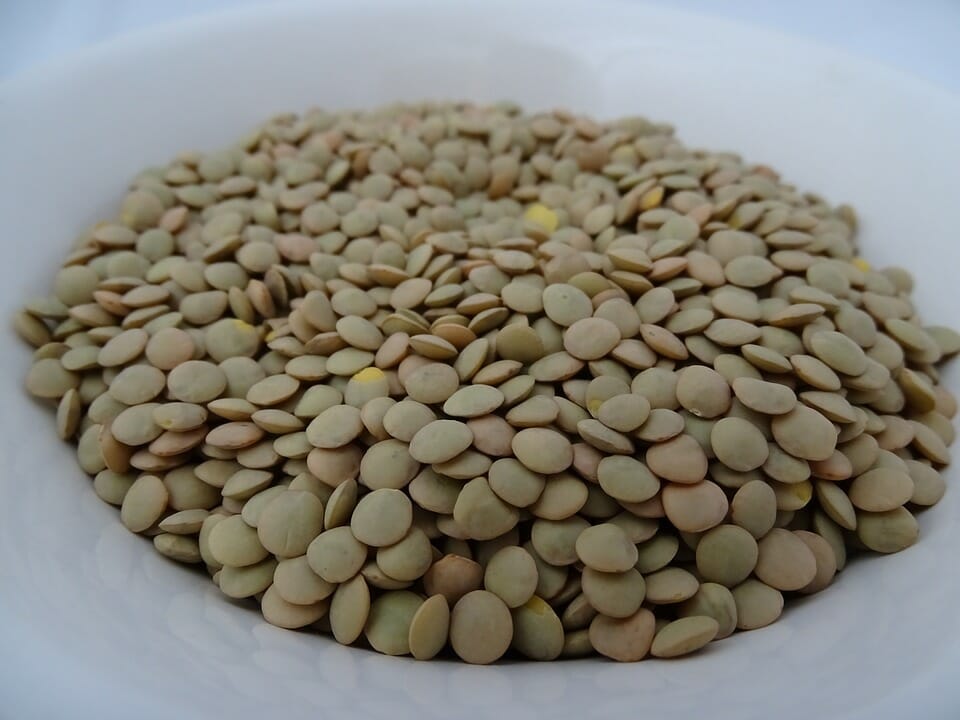As a country rich in diverse culinary traditions, it comes as no surprise that the Italian holiday table takes many shapes. Across Italy’s 20 distinct regions, celebratory customs differ from north to south. The Italian-Canadian household draws upon traditions from back home, though they have evolved since making their way across the Atlantic. Keep scrolling for our guide on how to celebrate the holidays, Italian-style.
PARTY ON WITH PANETTONE

In Canada, panettone is hard to miss, with boxes piled high everywhere from supermarkets, to pharmacies, to your favourite negozi di alimentari. This sweet bread is typically served with hot beverages or sweet wine, though it is accompanied by crema di mascarpone in some regions. Originally from Milan, its ubiquitous appeal is so strong that panettone has become a part of holiday celebrations in Eritrea, Australia, the United States, Canada, and across Latin America. Its name is derived from panetto, which means “small loaf cake”, though some would argue the name has a different origin.
THE LEGEND OF PANETTONE
Legend has it that one 15th-century winter, the Duke of Milano, Ludovico il Moro, threw a luxurious 12 course Christmas Eve feast. By the end of this extensive dinner, the kitchen was almost entirely cleaned out. As dessert baked away, the pastry chef snuck off to enjoy a forbidden romance with the nobleman’s wife when the oven started to smoke. Enter Toni, a young boy who was part of the chef’s team — he added sugar and butter to leftover dough that had sat for three days. He dotted the mixture with citrus and raisins, and poured it into round pans to bake. The rich yet fluffy cupola shaped cake was such a success that the Duke called the pastry chef back to praise him, at which point he admitted that it was “pane di Toni”.
LUCK BE A LENTIL TONIGHT

In Italian households, a feast on New Year’s Eve sets the table for the year ahead. Lentils, or lenticchie, are believed to bring good luck — ancient Romans would give them to friends, wishing them good fortune and prosperity in the new year. Legend has it that the more of these coin-shaped legumes you eat, the more money you will get. Brown lentils such as Lenticchia di Altamura PGI (Puglia) and Castelluccio di Norcia PGI (Umbria) are commonly used in this dish, though the tradition is so popular that lentils of all shapes and sizes typically sell out in Italian grocers by the time December 31st rolls around. The dish is served shortly after midnight, often with a spicy pork sausage called cotechino. Sometimes it is accompanied by zampone instead — a deboned pig trotter stuffed with sausage meat. Though they are completely different in appearance, cotechino and zampone are actually made of the same thing: coarsely ground lean and fatty pork and finely chopped pork rinds, seasoned with pepper, nutmeg and cloves. It is believed that in order to bring good luck and prosperity, one has to consume only the meat of animals that push their food forward while eating, like pigs do with their snout (unlike chickens and turkeys, who use their feet to move it backwards or closer).
SPARKLE ITALIAN-STYLE ON NEW YEAR’S EVE

It wouldn’t be a celebration without the sound of popping bottles echoing through the party. According to Italian superstition, evil spirits hate loud noises, so opening a bottle of Prosecco helps scare them off before the new year begins. This Italian sparkling wine is made using the glera grape, grown in northern Italy’s Veneto region’s DOCG and DOC areas. In order to receive these coveted certifications, Prosecco must meet specific standards in terms of colour, production zone, grape varietals, and alcohol content. Those who love Prosecco appreciate its delicate bubbles that accompany herbaceous, stone fruit, and floral notes. It is ideal for the holidays, though its reasonable price point makes Prosecco an ‘any day’ drink too. Be sure to look your toasting buddy in the eye while clinking glasses to avoid a major dinner party faux pas!
OUT WITH THE OLD, IN WITH THE NEW
Last but not least, on New Year’s Eve, Italians symbolically make room for all that is new and still to come. Just before the clock strikes midnight, some will open a window in a dark room to let the bad spirits out and another in a room full of light to welcome in good spirits.
Additionally, across Italy, you’ll find households discarding old possessions to banish bad luck. In the south, look out for old pots and pans, clothes or any unwanted items being thrown out of windows from up above. In the north, you might find families smashing crockery outside to break a cycle of misfortune.
As the holiday season comes to an end, expect a visit from la Befana, which means “the good witch”, on January 6th. For the children on her good list, she fills their stockings with candy. You might find your floors clean too, as she sweeps away the previous year’s problems to make room for a fresh start.
Through recipes and tradition, families bind together, holding hopes for a bright future for one another. Buone feste e tanti auguri!



Add a comment